How to wheelie a road bike
Popping the front wheel up is the perfect skill to develop your balance, control and handling on the bike
Alex Hunt
Junior Tech Writer
"Do a wheelie" — it's a call most of us have had hollered at us by friends or strangers at some point. A lot of us might have learnt to wheelie as a kid, but as adults, we are probably more interested in riding to cafes or conquering local climbs than rolling around on the back wheel. However, that doesn't mean it’s not a valuable skill to learn.
To see just how hard it is to learn, we sent James Lowsley-Williams off with GMBN’s Blake Samson. Blake was once a professional freestyle mountain biker, so he's the perfect person to coach him through the steps.
If you want to learn to wheelie, make sure you protect yourself by wearing a helmet, plus whatever other safety equipment you need to feel safe.
I'm a road cyclist. What benefit is there to learning to wheelie?
Although there might not be an obvious practical benefit out on the road, the associated skills it develops are valuable. A wheelie combines many different elements that all need to fall perfectly into place. Firstly there is gear selection and the timing of the pop, but brake control, balance and body position all enter the mix.
Are road bikes harder to wheelie than a mountain bike?
Road bikes are harder to wheelie than mountain bikes simply because the geometry of a road bike puts more of the rider's weight towards the front of the bike. This means that the balance point is much farther away from the starting point. Like any complex skill, learning the wheelie takes a lot of commitment and repetition. Practice is key to improving. One of the best ways to speed up the process is to get a friend to video your attempts so you can check your form. Often what we think we are doing compared to what we are actually doing can be quite different.
- Read more: What do bike geometry terms really mean?
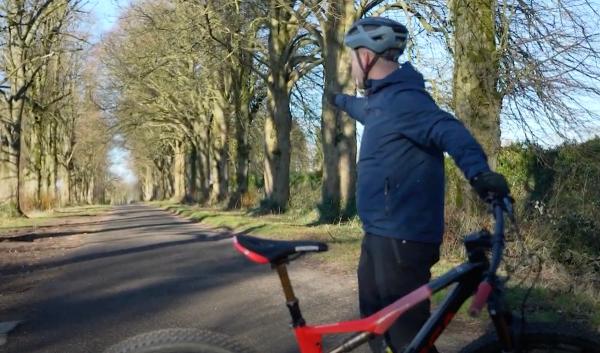
Find a good place to practise
Where you learn to wheelie can have a massive impact on the success of your attempts. Finding a quiet section of road or a car park with a slight gradient to it would be ideal. Riding up the gradient will naturally put more of your weight towards the back of the bike helping to lift the front wheel up.
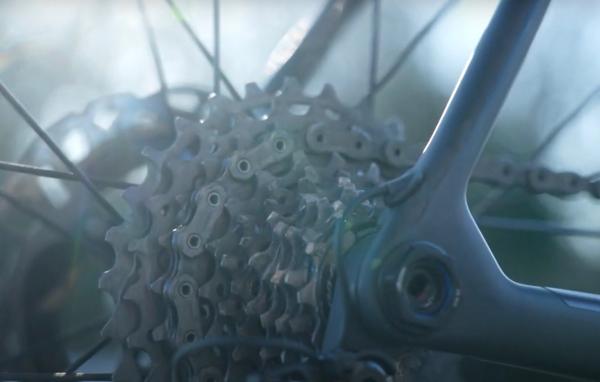
Finding the right gear
A good wheelie starts with the right gear. This is down to personal preference to some extent however as a general rule you should be in a gear that you can turn quite easily at a low speed allowing you to put a power stroke in to help drive the front wheel off the ground. Equally, you should be in a gear that has enough resistance for you to ride along without spinning out once in the wheelie. As a rough rule of thumb, the upper third of the cassette works well, paired with the small ring on the front.

Popping the front wheel up consistently
Getting the front wheel to leave the ground is the first step of a successful wheelie. This is a complex movement combining an upper body movement and a well-timed power stroke on the pedals. The upper body movement comes from pulling your shoulders back to try and get your spine in a vertical position. This will have the effect of straightening your arms and popping the front wheel off the ground. When you are happy with this movement on its own it is now time to add the power stroke. Just as you are about to fully extend your arms you want to put in a big acceleration on the pedals to help rotate the bike underneath you.
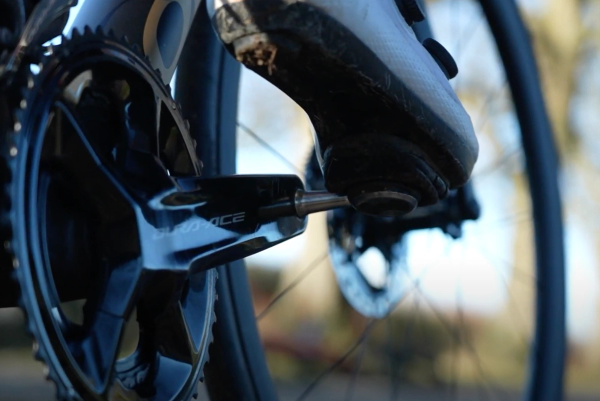
Optimising your pedal position
It can be easiest to start the power stroke with your dominant foot at the 2-3 o’clock position to give yourself the most space to drive the front wheel up.

Finding the balance point
With the front wheel up it is crucial to find the balance point. That being the point at which you aren’t going to fall off the back or drop the front wheel back on the ground. This is where being in the right gear really pays off as the resistance allows for easier control as you get towards the balance point. When you find yourself getting towards this point, start using a combination of pedalling and rear brake control to keep the bike in the balanced position. If the front wheel starts to drop, put a few power strokes in on the pedals and if you feel yourself going too far back lightly drag the rear brake to bring it back under control.
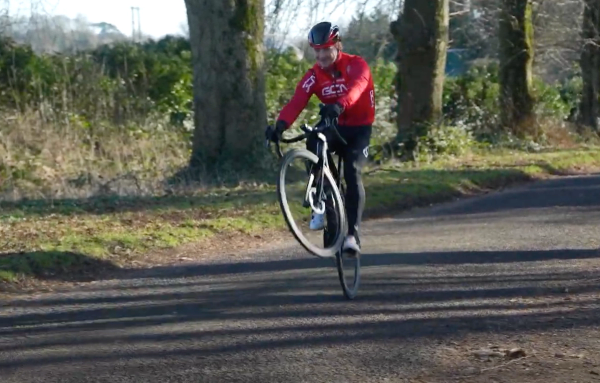
Body position is everything
The wheelie is all about balance in two separate axes. The up-and-down of the front wheel as well as the side-to-side axis. Having a relaxed body position with arms that have just a slight bend and an upright body position with your hips looking to be directly on top of the rear axle will help with the up-and-down axis.
Pulling on the bars from the shoulders, keeping a nice neutral position on the saddle and holding your head up looking down the road will help to stabilise you in the side-to-side axis.
- Read more: How to bunny hop a road bike
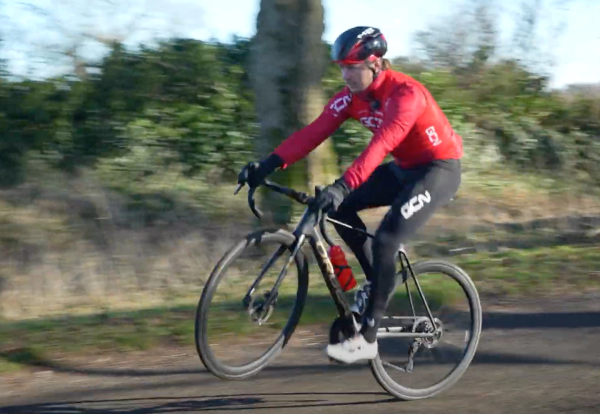
Bringing the front wheel down
Unlike a mountain bike, road bikes do not have any suspension to lessen the impact of the front wheel coming down. This does make for some pretty harsh landings that can be tough on the bike and your wrists. To combat this, be ready to absorb the impact of the front wheel, with your arms ready to bend as the wheel hits the ground. Equally, as you get more comfortable with the motions of the wheelie, it is possible to gently bring the front back down with a combination of pedalling and rear brake.
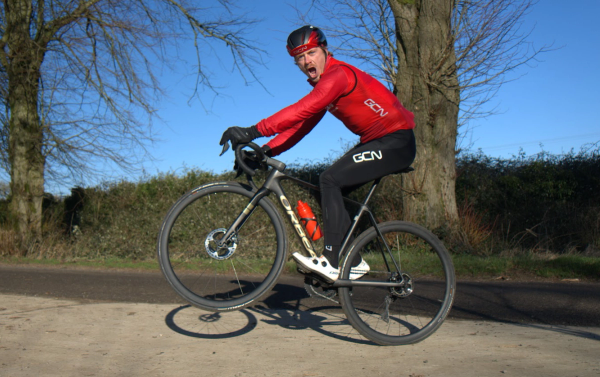
Practice makes perfect
The wheelie can be a daunting skill to master and progress can be slow. It is important that when learning the skill you adopt the methodology of purposeful practice. This method requires the rider to analyse every attempt rather than just repeating the same motions over and over again, ultimately achieving the same end results. If the attempt before didn’t work something needs to change, whether that is the gear you started in, your pop or your body position. Changing your approach will fast-track you to success bypassing countless tries where you are making the same mistakes again and again.
Latest Videos
1The Perfect Bike, Rusty Drivetrains & Narrow Bars | GCN Tech Clinic

2Is A Cyclist's Body A Healthy Body? | GCN Show Ep. 589

3More Hot Tech From America’s Biggest Bike Show

4Pogačar Dominates Liège And A Popular Winner Of Flèche | Racing News Show

5Intense Interval Blast | 15 Minute Indoor Cycling Workout

.jpg?rect=957,780,3097,3060&w=600&auto=format)





